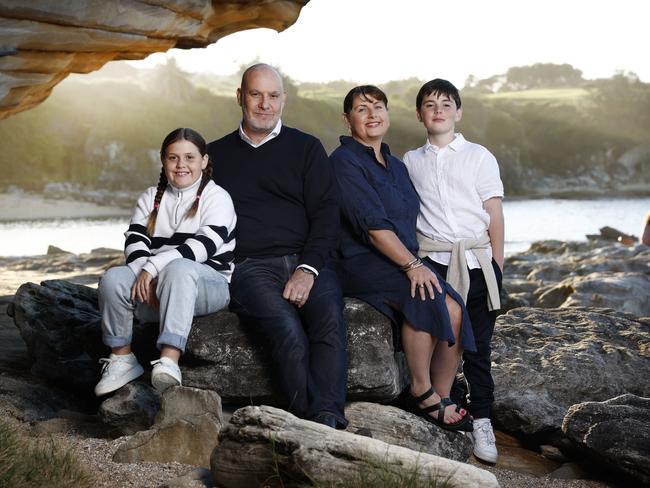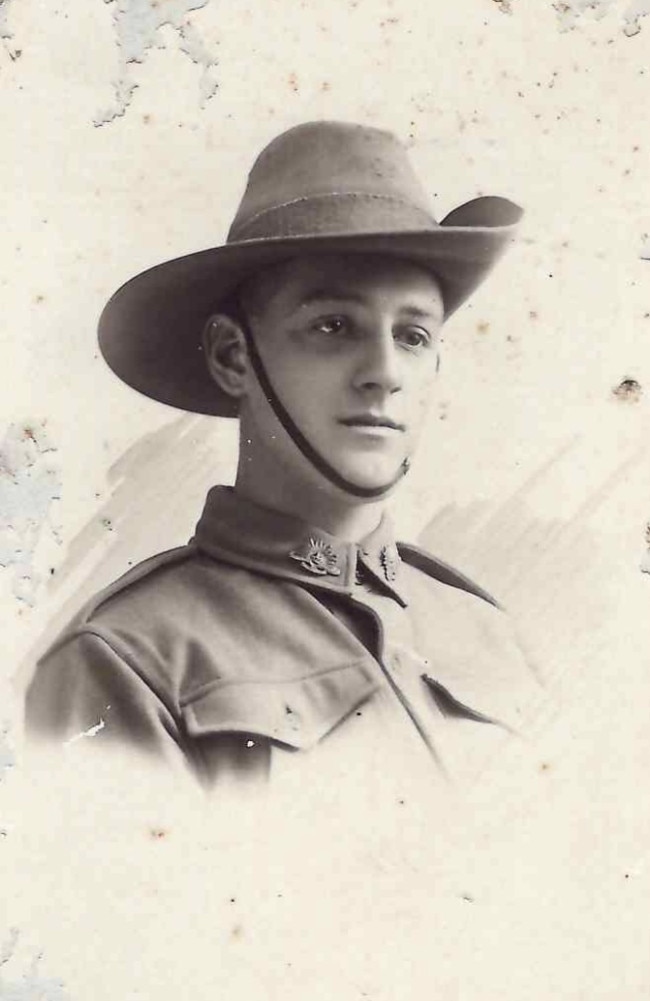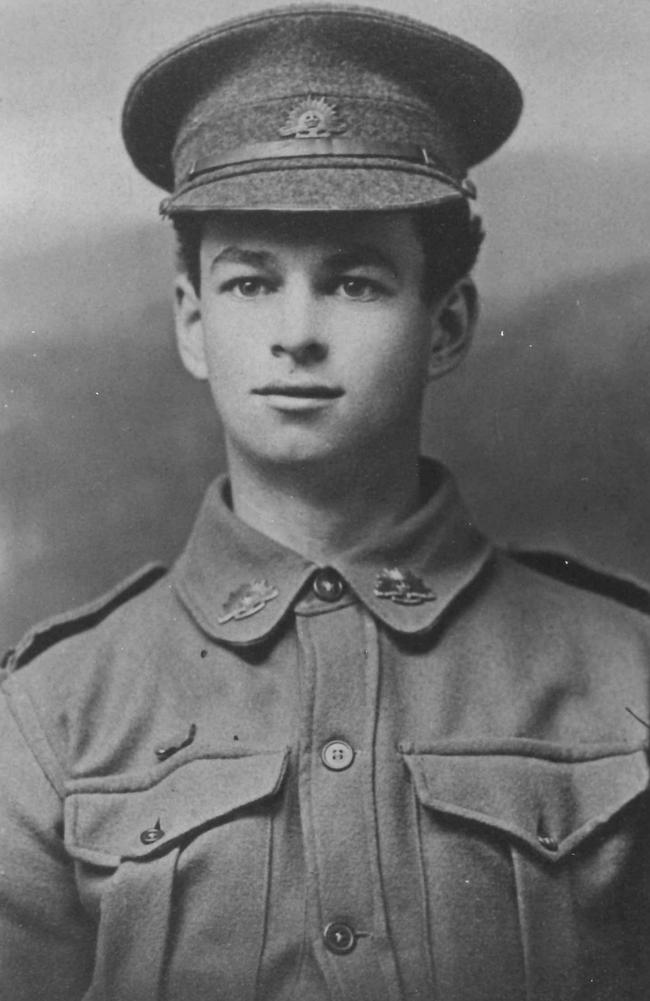‘It gave me goosebumps’: Seven Australian soldiers identified 108 years after WWI disaster
A “dauntless lad in khaki” lost on one of Australia’s darkest days has finally been found and identified, alongside a digger shot dead on his 20th birthday as disaster unfolded around him.

National
Don't miss out on the headlines from National. Followed categories will be added to My News.
“It gave me goosebumps when I got the call.”
Josh Graham is talking about a phone conversation just days ago with a Defence officer, informing him that a “lost” ancestor he began researching five years ago has just been found – news that has changed his entire family’s Anzac Day focus.
Private Herbert James Graham, 24, is among four NSW men and three other fallen Aussies newly identified at the site of one of Australia’s worst World War One disasters: the Battle of Fromelles on July 19-20, 1916.

The overnight assault and retreat, termed a “a bloody catastrophe” by the Commonwealth War Graves Commission, was the Australians’ first major engagement in France and cost 5533 casualties, among them 1957 killed in action.
Many were initially recorded as missing in the confusion after the Germans counterattacked and cut off hundreds of men, living and dead. Geurie labourer Herbert, described as “the dauntless lad in a khaki suit” in a contemporary newspaper tribute, was among them.
In 2008, 250 unidentified bodies were famously found in a mass grave nearby – and researchers working with Defence are trying to identify them by tracking living relatives and making DNA matches.

“My father John supplied his DNA because he was one stop closer, potentially, in the family tree, then Covid came through and everything got delayed; then I got a call last Thursday,” said dad-of-two Josh, 52, of Little Bay. “It’s fantastic.”
Not having had a particular person to commemorate during Anzac Days past, financial manager Josh said this discovery has changed everything. And while he kept the news a secret until the seven names were officially released this morning, he began personal tributes immediately – laying an anonymous rose for Herbert with kids Oscar, 12, and nine-year-old Charlotte during the Malabar RSL sub-branch remembrance ceremony at the weekend.

“That was emotional,” he said. “Knowing that we know and no-one else knows and that it’s such a it’s a major thing.”
Already the family are planning a journey to France for Herbert’s formal burial service in July, alongside the other newly-identified fallen: NSW soldiers Corporal Percy George Archibald Barr, 19; Private Ernest Frank Studdon, 31; Private Alfred William Ansell, 29; and Victorian Privates George Robert Barnatt, 31; William Christopher Brumby, 29; and engineer Harold Thomson Smith, a towering Gallipoli veteran sniped through the head on his 20th birthday as he furiously dug a communications trench in the boggy Fromelles soil.

Each identification has brought DNA-providing relatives – some of whom knew lots about their Anzac ancestors, some almost nothing – new reasons to reflect and wonder.
For educational consultant Dr Jean Ashton, who was previously unaware of her new-found connection, Ernest Studdon, it was eerie to learn that he was born in Millers Point – because that is where she now lives.
And the linking of Dulwich Hill’s Percy Barr to the Pheasant Wood mass grave, while closing one case, opens another, as he had been believed to be in an individual marked grave at another war cemetery. The new development means another soldier must be resting in that plot.

The naming of the latest seven, announced overnight in France by Matt Keogh, the Minister for Defence Personnel, takes the total of the 250 now identified to 180.
Along with Chief of Army, Lieutenant General Simon Stuart, Mr Keogh paid tribute to the
experts and volunteer groups such as the Fromelles Association who work with Defence to research cases, find relatives and “make these identifications possible”.
“It is an honour to be able to restore these soldiers’ identities, and know they will now rest under headstones bearing their names,” he said.
“Australia does not forget those who serve our nation, and the ongoing work to find and identify our war dead is a testament to this debt of gratitude to them, and to their loved ones.”
More Coverage
Originally published as ‘It gave me goosebumps’: Seven Australian soldiers identified 108 years after WWI disaster



